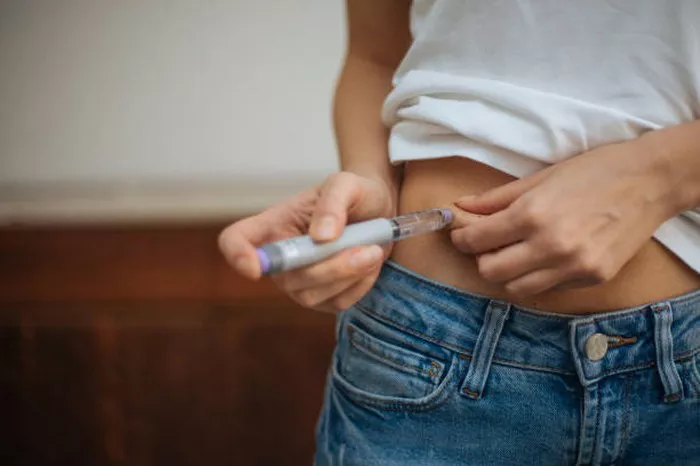A recent study published in The New England Journal of Medicine revealed that Saxenda, a weight-loss drug previously approved for adult obesity treatment, is also safe and effective for children as young as six. The study involved over 80 children, none older than 10, all with a body mass index (BMI) of 31 or higher, who used Saxenda for one year.
Positive Results and Weight Return
The results showed that the children experienced a reduction in BMI by the end of the trial, similar to other GLP-1 medications used for weight loss. However, once the drug was discontinued, the children’s weight began to return, suggesting that long-term results may be less sustainable without continued use of the drug.
Side Effects and Concerns
While the treatment showed promise, some children did experience common side effects, such as upset stomach, vomiting, and diarrhea. The study did not determine the long-term effects of using Saxenda in young children, and experts like C. Michael White, a professor at the University of Connecticut, raised concerns about the impact of long-term use on growing bodies.
Challenges of Daily Injections
Another challenge is the nature of Saxenda, which requires daily injections. This could pose a practical difficulty for administering the drug to very young children. Devin Lavender, a professor at the University of Georgia, mentioned that Saxenda is not as convenient as other weight-loss medications that may require less frequent injections.
Looking Ahead
The study’s trial period has been extended for further observation, with results from additional follow-up expected to be released in 2027. This ongoing research aims to provide more clarity on the long-term effects and viability of Saxenda for pediatric weight management.
While Saxenda shows potential for treating obesity in children, especially in cases where other interventions have not been effective, more data is needed to fully understand its safety and long-term implications for younger patients.
Related Topics:


